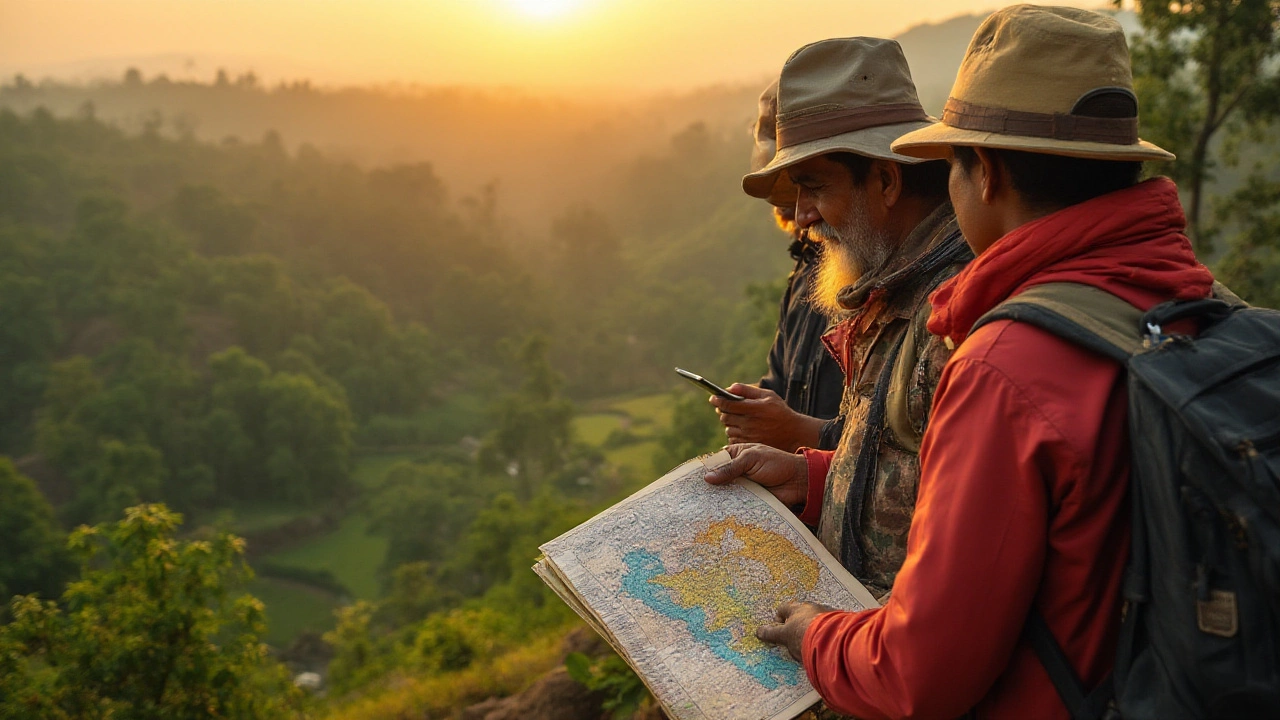
Wondering if you need malaria pills for India? Unpack the risks, latest science, real tips, regions at risk, and what travel pros do for malaria protection in India.
When talking about malaria in India, a mosquito‑borne disease that still affects millions across the subcontinent. Also known as malaria prevalence in India, it presents a mixed picture of high‑risk pockets and regions where cases have dropped dramatically over the last decade.
Understanding Mosquito vectors, primarily Anopheles species that thrive in warm, stagnant water is key because they dictate where outbreaks flare up. During the monsoon months (June to September) breeding sites multiply, pushing infection rates higher in states such as Odisha, Jharkhand, and parts of the Northeastern belt. In contrast, arid zones like Rajasthan see far fewer cases. This seasonal swing means malaria prevalence in India encompasses regional variation, and knowing the local climate helps you avoid the worst hotspots.
The country's ability to treat and prevent malaria hinges on the Indian healthcare system, a network of public hospitals, primary health centers, and private clinics. Rapid diagnostic tests and ACT (artemisinin‑based combination therapy) are widely available in high‑risk districts, yet remote villages may still rely on older drugs. Consequently, Health infrastructure, quality of facilities and supply chains directly influences treatment outcomes and reduces mortality. Government campaigns like the National Vector Borne Disease Control Programme have cut national case numbers by roughly 40% since 2015, but gaps remain where resources are sparse.
When you add Travel health safety, pre‑trip vaccinations, prophylactic medication, and protective clothing into the mix, the equation changes dramatically. Travel safety requires knowledge of mosquito‑borne diseases and a plan to use repellents, bed nets, and indoor residual spraying in accommodations. If you’re headed to a known hotspot, consult a doctor about chemoprophylaxis and keep a record of any fever that lasts beyond 48 hours. Monitoring local health advisories and staying updated on outbreak alerts can save you a lot of hassle.
Below you’ll find a curated set of articles that dive deeper into these points—ranging from the latest safety guide for touring India in 2025 to detailed looks at regional health risks and practical tips for staying healthy on the road. Whether you’re a first‑time visitor or a seasoned backpacker, the collection gives you the facts you need to assess whether malaria is a concern for your itinerary and how to protect yourself effectively.

Wondering if you need malaria pills for India? Unpack the risks, latest science, real tips, regions at risk, and what travel pros do for malaria protection in India.